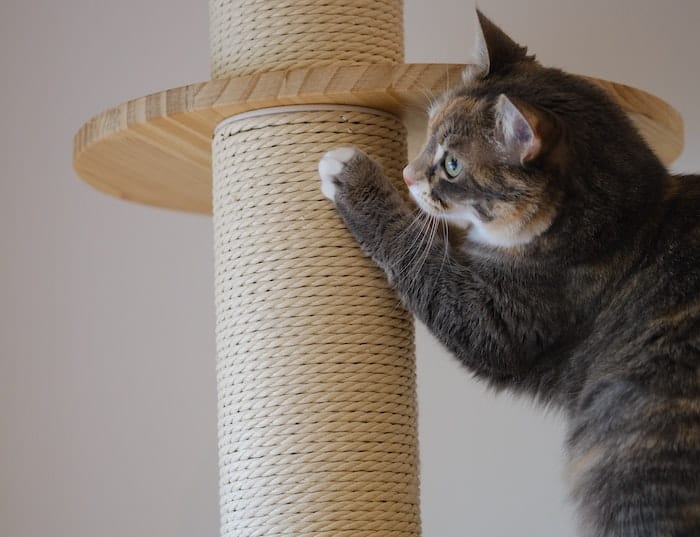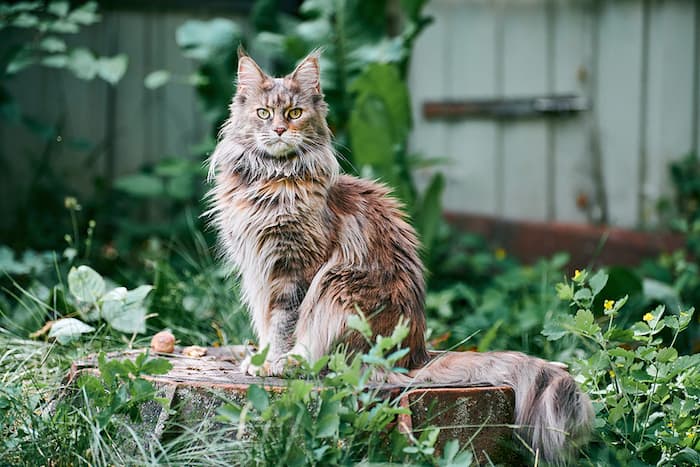Cats have long been cherished as enigmatic and captivating companions, each with their own distinctive personalities. While their independent nature often leaves people in awe, understanding their behaviors and needs is crucial for building a strong bond. So delve into these five essential insights that can deepen your connection with your feline friend and ensure their well-being.

1. The Language of Tail-Twitching: Decoding Feline Emotions
A cat’s tail is more than just an appendage—it’s a powerful communication tool. A high-held tail indicates confidence and happiness, while a puffed-up tail signals fear or agitation. Tail-twitching can reveal subtle emotions. A slight twitch might convey curiosity, while rapid flicking might signal irritation. Observing tail movements helps you respond appropriately to your cat’s emotional state.
2. Purring Perplexities: More Than Just Contentment
Purring is often associated with a content cat, but it’s not limited to happiness. Cats also purr when in pain, anxious, or giving birth. This multifunctional behavior is believed to have healing properties, as the vibrations at the purring frequency can aid in bone and tissue regeneration. If your cat suddenly purrs excessively or minimally, it’s essential to consider its overall behavior and consult a vet if needed.

3. The Enigma of Cat Urine Crystals: Causes and Prevention
Cat urine crystals are a common concern among cat owners. These crystals, formed by minerals in the urine, can lead to discomfort and even blockages in the urinary tract. To prevent this, ensure your cat stays hydrated and maintains a balanced diet. Wet food can be beneficial, as it increases water intake. Regular veterinary check-ups and monitoring litter box habits are crucial for detecting any urinary issues early.
4. Playtime Isn’t Just Fun: It’s Essential!
Engaging in play with your cat isn’t just about amusement—it’s a fundamental aspect of their physical and mental well-being. Cats have natural hunting instincts, and play allows them to exercise these instincts in a controlled environment. Interactive toys, such as feather wands and puzzle feeders, stimulate their minds and prevent boredom-related behaviors. Regular play sessions also foster a stronger bond between you and your feline friend.

5. The Great Outdoors vs. Indoor Safety: Weighing the Options
The debate between indoor and outdoor cats is ongoing. While outdoor exposure provides stimulation and exercise, it also exposes cats to dangers like traffic, predators, and toxins. Indoor cats generally live longer due to reduced risks. To strike a balance, create an enriching indoor environment with climbing structures, scratching posts, and interactive toys. If you do allow outdoor access, consider harness training and supervised outings to minimize risks.
Understanding your cat’s behaviors and needs goes beyond simply sharing a living space. It’s about cultivating a meaningful connection that enriches both your lives. By interpreting tail language, decoding purring nuances, addressing cat urine crystals, prioritizing play, and making informed decisions about outdoor access, you can provide your feline friend with the love and care they deserve. Remember, every whisker twitch and every head bump is a part of your cat’s unique way of communicating, so embrace the journey of discovering their world.
